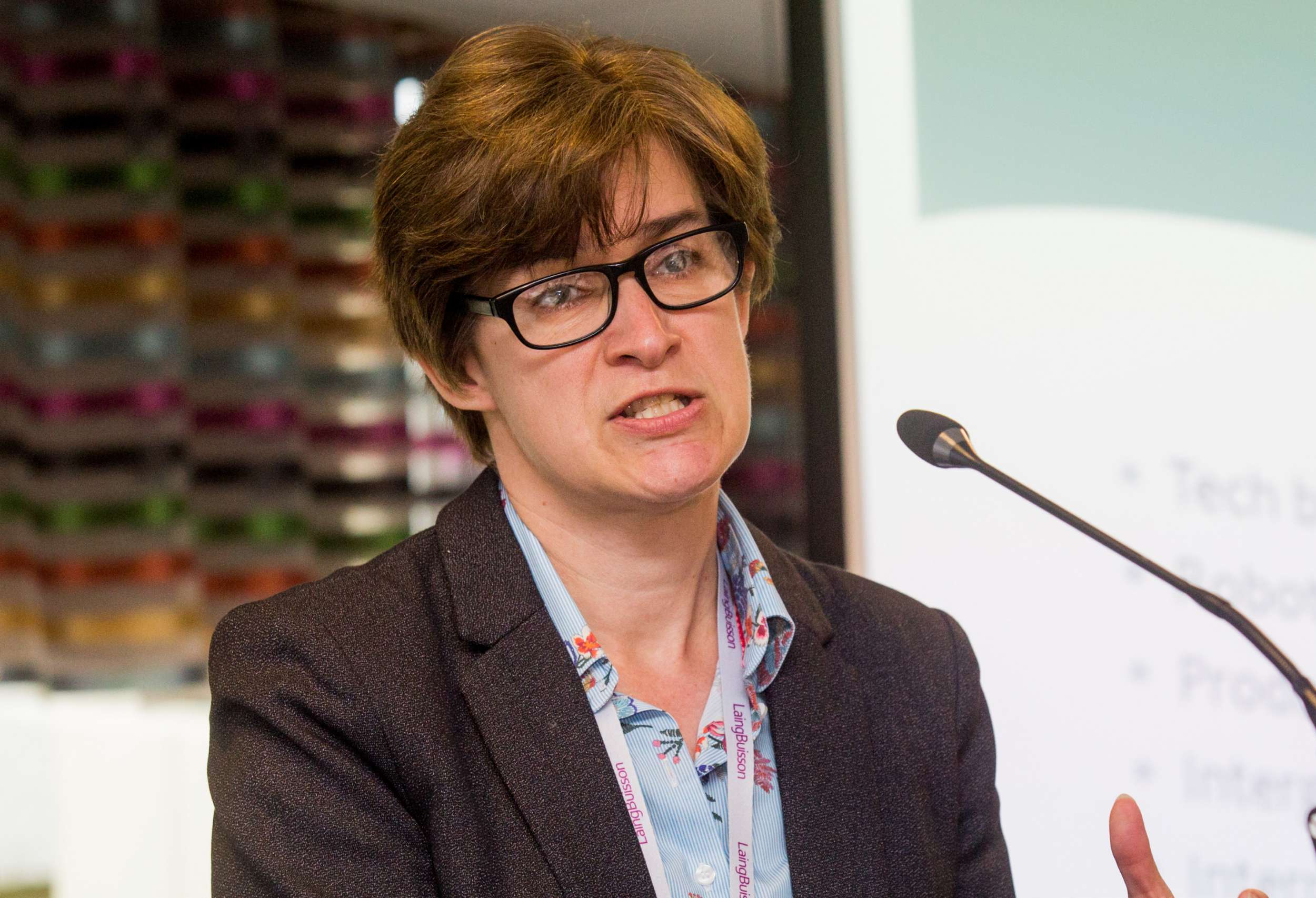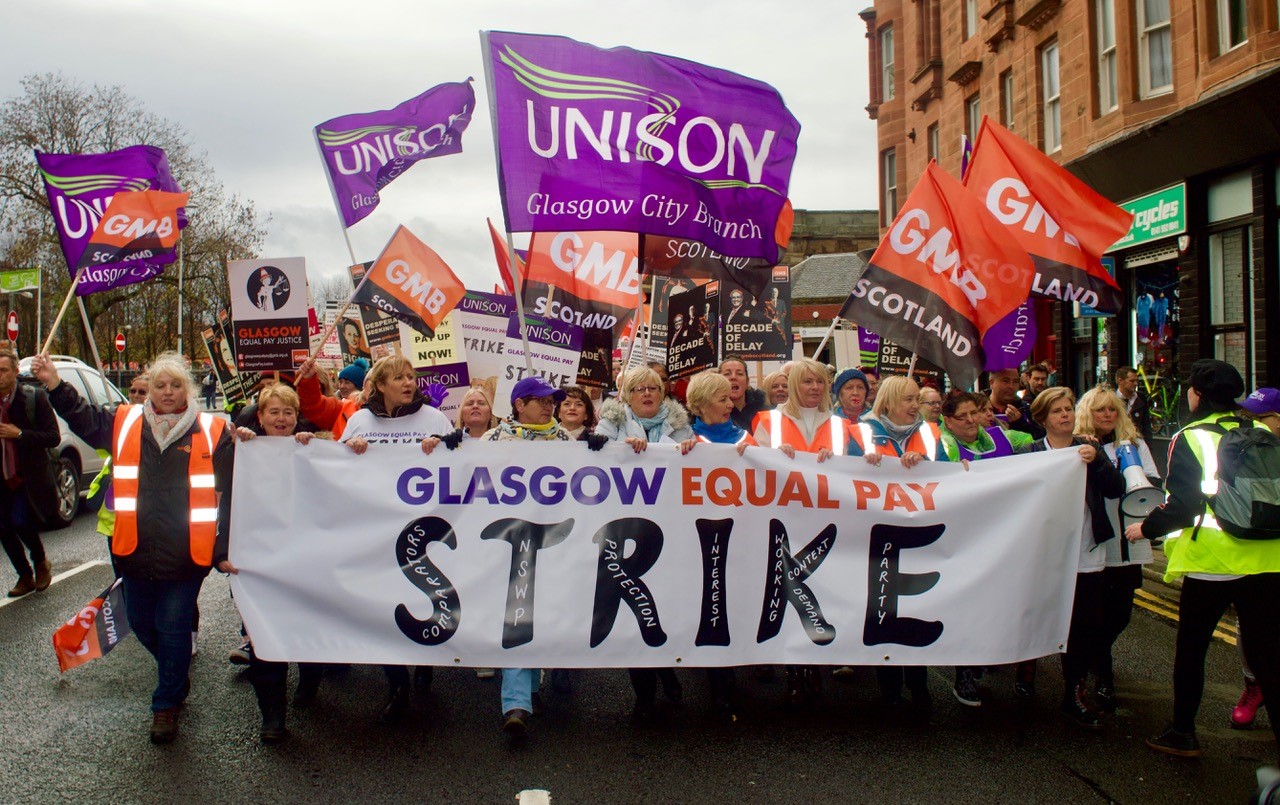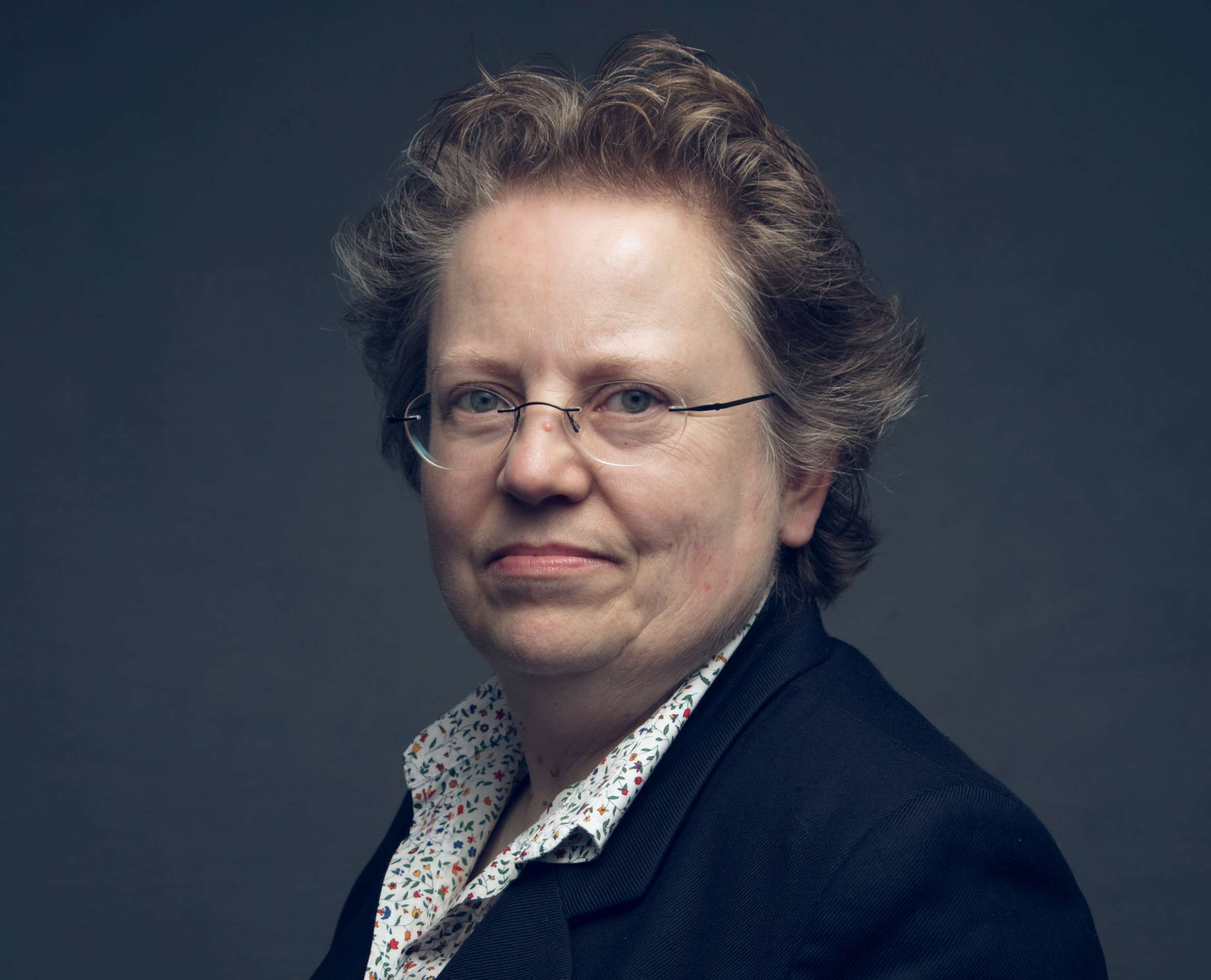Care home operators spent as much as 61.3% of income on staffing in the second quarter of this year, reflecting a reduction in revenue and rising workforce costs as the pandemic took hold.
Research carried out by Knight Frank showed 10 years ago staffing costs were 56% of income and have gradually increased reaching a high of 58.5% in 2018/19 before falling to 58% last year.
The sharp jump in the second quarter this year was due to irregular spending on recruitment and sick pay, its 2020 UK Care Homes Trading Performance Review said.
Operators spent an average £260 on personal protective equipment (PPE) per bed during the second quarter compared to £160 per bed per annum during the 2019/20 financial year.
‘While these numbers may seem small, PPE will represent a significant extra cost to operators over the course of the pandemic and even beyond. As well as PPE, irregular spending on staffing will have added to existing high staff costs,’ the report said.
‘Many care homes have had to remunerate and support existing staff during periods of isolation, while at the same time recruiting new staff to fill gaps in the workforce,’ it said.

During a webcast panel discussion launching the report, Barchester Healthcare chief executive Pete Calveley said vacancies had fallen at the operator and agency use had ‘more than halved’. ‘It’s easier to recruit now than it was before the pandemic,’ he said. ‘People have seen working in the care sector as a secure environment…If you are a good employer and you offer the right benefits, encouragement and support, and value staff correctly then I don’t think staffing is a huge issue.’
The panel, which was chaired by Knight Frank head of healthcare Julian Evans, also included Anchor Hanover chief executive Jane Ashcroft, HC-One chair David Beehan and Knight Frank senior analyst (healthcare) Joe Brame.
On the workforce, Beehan raised concerns about their mental wellbeing. ‘My worry is that many staff are feeling tired, feeling exhausted at the sheer relentlessness of some of the situations they have had to deal with…’
The research, which covers a quarter of the UK care home market, showed occupancy declined by 8.5% between March and June, but recovered 1.2% by October as death rates normalised and operators began to admit residents during the third quarter. The report said: ‘There remain concerns over a second wave, but rigid testing procedures are now in place among large group operators, who report being in a much stronger position than in March.’
Despite increased costs and falling occupancy, EBITDARM margins saw little decline, slipping by 0.6% in the second quarter. Fee uplifts and government support helped trading performance, the report said.
As well as staffing, PPE, occupancy, funding, fees and visits, the panel also discussed investor appetite.
Calveley told the audience while some sectors had been been ‘hammered’ by Covid, the care industry had shown itself to be resilient, predicting valuations to hold steady.
Beehan said: ‘In the care home sector I think giving residents and their families the confidence that we’re running safe care and providing an environment in which the mental wellbeing of their loved ones can be promoted is going to be key. But I have got a lot of confidence and optimism about the future the sector.’
Ashcroft added: ‘I completely agree, the fundamentals are strong. It is about plotting the route through medium term.’








 ©2024 All rights reserved LaingBuisson
©2024 All rights reserved LaingBuisson 


